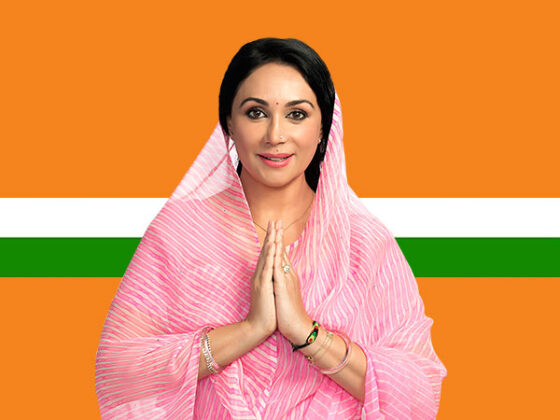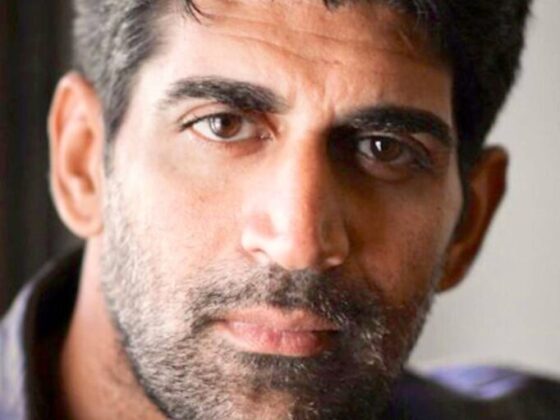Maharaja Gaekwad of Baroda: A Legacy of Visionary Leadership

Introduction
The Maharajas of Gaekwad were among the most influential rulers of princely India. They governed the state of Baroda (present-day Vadodara, Gujarat) with foresight and dedication. The Gaekwad dynasty, a prominent branch of the Marathas, shaped the economic, social, and educational landscape of their kingdom. Their reign stood out for progressive policies, administrative reforms, and cultural patronage.
Among the most celebrated rulers was Maharaja Sayajirao Gaekwad III. He redefined governance with his modern outlook and numerous reforms. This article explores the contributions of the Gaekwad rulers, their governance, and their lasting impact on Indian society.
The Rise of the Gaekwad Dynasty
Pilaji Rao Gaekwad founded the dynasty in the early 18th century. Initially, they served under the Peshwas of the Maratha Empire but later gained control over Baroda and established an independent princely state. Their rise to power came through strategic military alliances and effective administration.
The Gaekwads ruled as vassals of the Marathas until 1802. They allied with the British East India Company through the Treaty of Bassein, gaining autonomy in exchange for British protection. This agreement ensured their dominance over Baroda until India’s independence in 1947.
Maharaja Sayajirao Gaekwad III: The Visionary Ruler
Among all the Gaekwad rulers, Maharaja Sayajirao Gaekwad III (1875–1939) had the most significant impact. He ascended the throne at 12 and received mentoring from the British. His reign became synonymous with modernization and progressive reforms. His policies focused on education, women’s rights, industrial growth, and social welfare.
Educational Reforms
Sayajirao’s greatest contributions were in education:
- Compulsory Primary Education: He was the first Indian ruler to introduce free and compulsory primary education, a revolutionary step for the time.
- Maharaja Sayajirao University (MSU): He founded institutions that later led to the establishment of MSU Baroda, one of India’s premier universities.
- Scholarships for Dalits and Women: He actively supported the education of marginalized communities, including Dalits and women.
- Financial Aid to B.R. Ambedkar: Recognizing Dr. B.R. Ambedkar’s potential, he provided him a scholarship for higher education in the U.K.
Economic and Administrative Reforms
Maharaja Sayajirao Gaekwad III transformed Baroda into a prosperous princely state with several administrative and economic advancements:
- Land Revenue Reforms: He introduced fair taxation policies and reformed the land revenue system, preventing excessive taxation on farmers.
- Industrial Growth: He promoted industries such as textiles and handicrafts, making Baroda an economic hub.
- Railway and Infrastructure Development: He invested in railways, roads, and irrigation projects, improving connectivity.
Social and Cultural Contributions
The Maharaja dedicated himself to cultural and social advancement:
- Abolition of Untouchability: He initiated efforts to end untouchability and caste-based discrimination.
- Promotion of Arts and Literature: He supported Indian classical music, literature, and art, attracting scholars and artists to Baroda.
- Religious Tolerance: Unlike many rulers of his time, he advocated for religious harmony and respected different faiths.
The Gaekwad Legacy in Modern India
Even after Baroda’s integration into independent India in 1949, the Gaekwad legacy continues to influence governance, education, and social reform. Many institutions from their reign still stand as testaments to their progressive and visionary approach.
The Fate of the Baroda Princely State Post-Independence
After India’s independence, the Gaekwads lost their princely status when Baroda merged into the Bombay State (now Gujarat). However, their descendants remain respected figures in Gujarat and India, preserving their historical and cultural heritage.
Conclusion
The Maharaja Gaekwads of Baroda were not just rulers but visionaries who shaped history through progressive reforms, economic development, and cultural contributions. Among them, Maharaja Sayajirao Gaekwad III stands out as an exceptional leader. His contributions to education, social justice, and governance continue to inspire generations.
Their legacy remains deeply embedded in Baroda’s educational institutions, infrastructure, and cultural ethos, making them one of the most celebrated ruling dynasties in Indian history. Their forward-thinking approach and commitment to public welfare show how leadership rooted in progress and vision creates a lasting impact.







